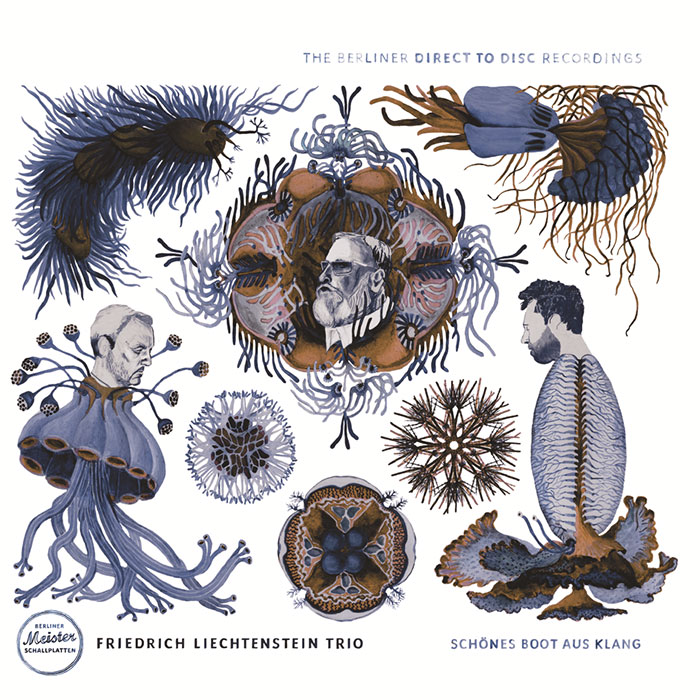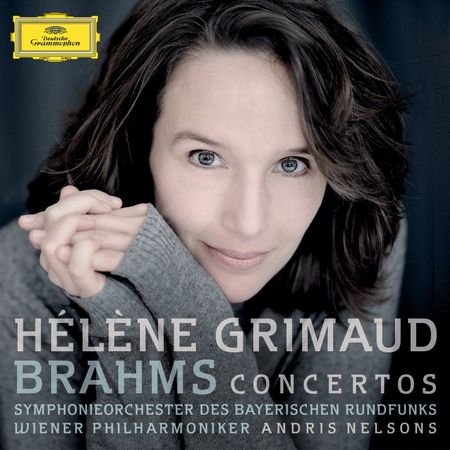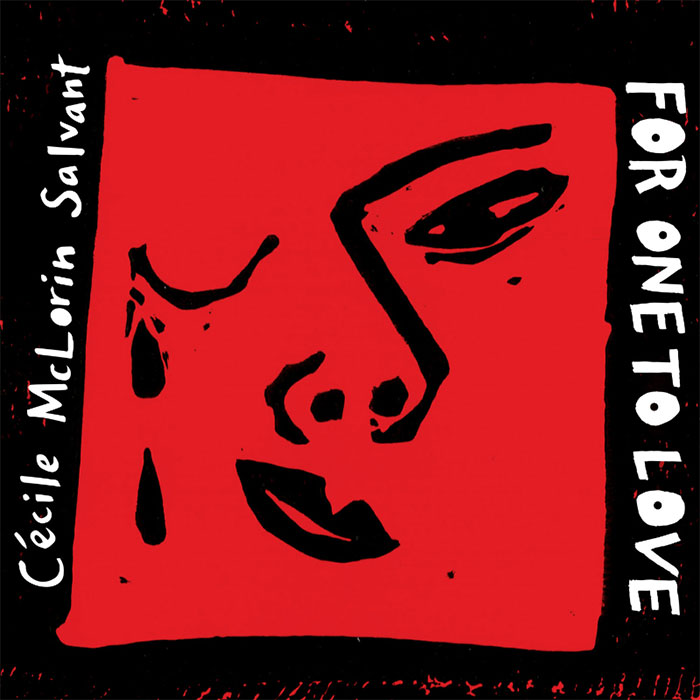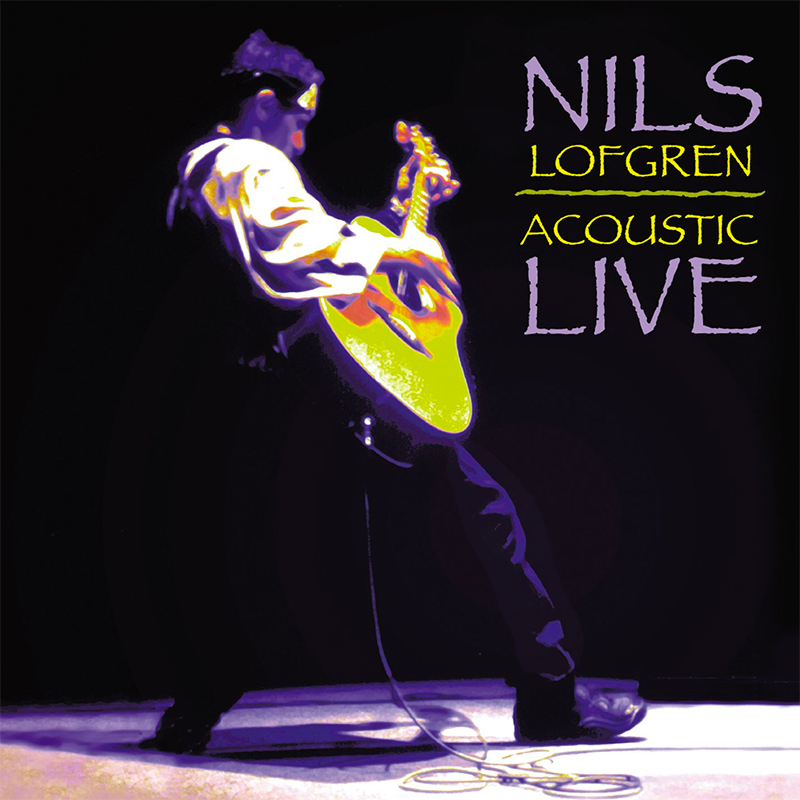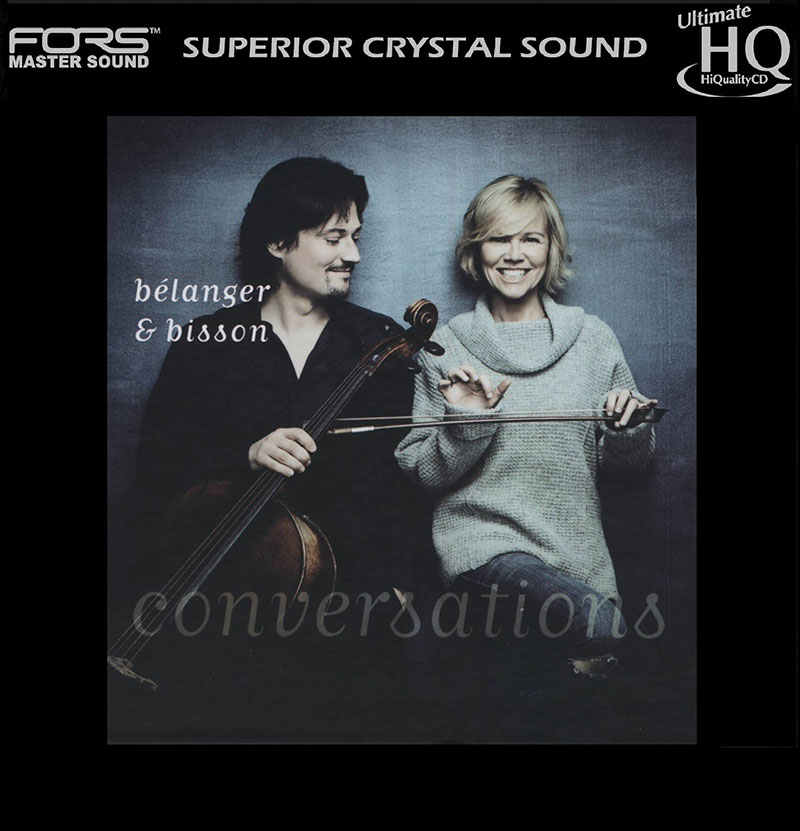Logowanie
Mikołaj - ten to ma gest!
Miles Davis, Horace Silver, Jay Jay Johnson, Percy Heath, Kenny Clarke, Lucky Thompson
Walkin'
20bit K2Super Coding - ale jak to brzmi!
Kasety magnetofonowe
Winylowy niezbędnik
ClearAudio
Double Matrix Professional - Sonic
najbardziej inteligentna i skuteczna pralka do płyt winylowych wszelkiego typu - całkowicie automatyczna
Friedrich Liechtenstein
Schones Boot aus Klang
180g Vinyl Direct To Disc Mastered at Emil Berliner Studios!
Direct-to-Disc ( D2D ) - Numbered Limited Edition
On a mild July night, the Friedrich Liechtenstein Trio entrusted themselves to the public and the analogue vinyl recording technique in a unique studio concert.
Here Friedrich Liechtenstein displayed his remarkable, wide-ranging skills: with his inimitable voice, infused with subtle humour, he sings, whistles, and whispers his songs into the microphone. Poetic and full of melancholy. The atmosphere in the studio is charged with energy. Honest, immediate and filled with both studied and intuitive improvised ideas, direct and just as on the theatre stage, authentic just for that very instant.
Arnold Kasar, his long-standing arranger, accompanies him smoothly on the Steinway and uses electronics economically. Sebastian Borkowski confidently adds his own emphases on the tenor sax, the transverse flute and the bass clarinet with its deep, deep tones.
Two takes were made and then one of them immediately chosen for the LP pressing. One certainly cannot listen to the Friedrich Liechtenstein Trio with more directness or honesty than that.
Friedrich Liechtenstein vocals
Arnold Kasar piano, electronics
Sebastian Borkowski tenor saxophone, flute, bass clarinet and FX
DIRECT-TO-DISC
100% Disc
With a direct to disc recording, the music is recorded directly onto a lacquer disc.
The original carrier for manufacturing a vinyl record is the so-called lacquer disc. Direct-to-disc recordings use the lacquer disc as recording medium. Direct-to-disc productions are recordings, which are optimised for vinyl records.
100% Authentic
Genius is genius, mistake is mistake. There is only one chance. What has been played can be heard. What can be heard has been played.
A musician once compared direct-to-disc productions with walking a tightrope. He would perform differently if he knew that there was no chance to correct, cut or improve anything afterwards. It would be more honest and more conscious.
100% Analogue
From the microphone to the final vinyl disc, the audio signal stays analogue, without compromise.
Lacking a storage process on tape or as a coputer file, there are very short and direct signal routes. The instruments' sound waves are transformed into electrical oscillations by microphones, and cut into a groove on the lacquer disc by the cutting stylus directly and without any delay. Direct-to-disc recordings do without digitising the music, and also without a lossy storage on analogue tape.
100% Music
What you can hear on a direct-to-disc recording is the result of a long preparation and rehearsal time. It is not the result of subsequent manipulation and further changes of arrangement and recording.
With today's modern digital signal processing, mistakes are usually corrected in normal recordings. Why play perfectly, if it can be fixed in the computer afterwards anyway? This way of thinking leads to a very different recording process than recording direct-to-disc, as this possibility has been removed deliberately.
100% Originality
Direct-to-disc recordings are originals.
The recording is made onto a lacquer disc. With a galvanic process this lacquer disc is turned into an extrusion die. Every vinyl disc is thus an original copy of this recording. Because lacquer discs and extrusion dies are destroyed or worn out during the manufacturing and multiplication process, the pressed vinly discs are ultimately the best possible reproductions of a direct-to-disc recording.
100% Risk
Recording direct-to-disc is a very consequent way of producing a music recording. The production process and the use of technology is very different from conventional recordings. Everyone involved in a direct-to-disc recording must be able to rely completely on his colleagues' skills, as any mistake from the musicians, the recording team, the equipment or the galvanic process is audible or can lead to a cancellation of the whole production. Musicians and engineers report that in today's time, they perceive this as an enormous incentive and inspiration.






























